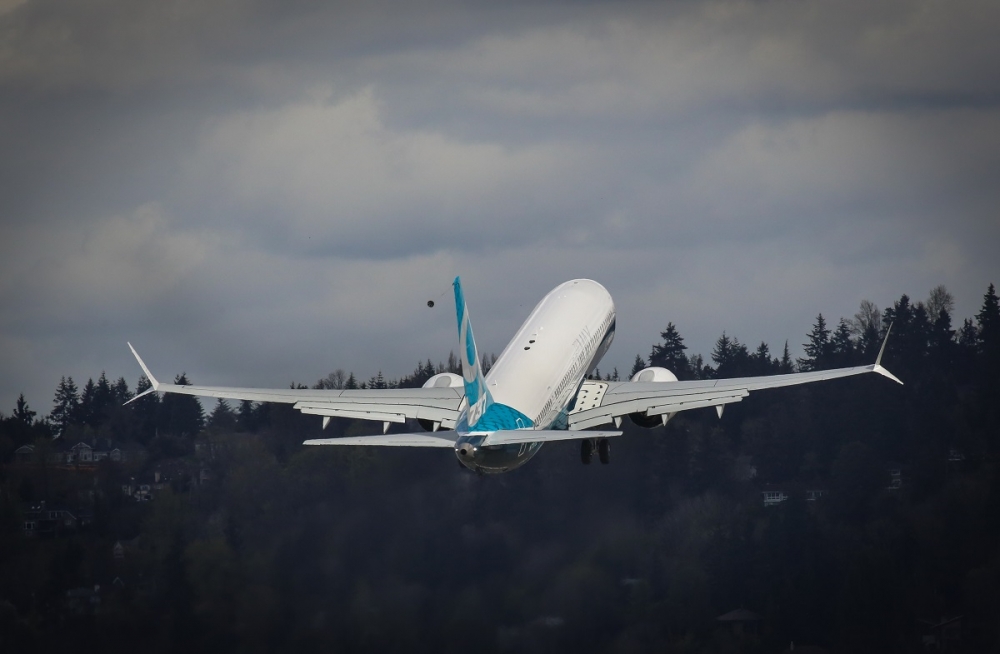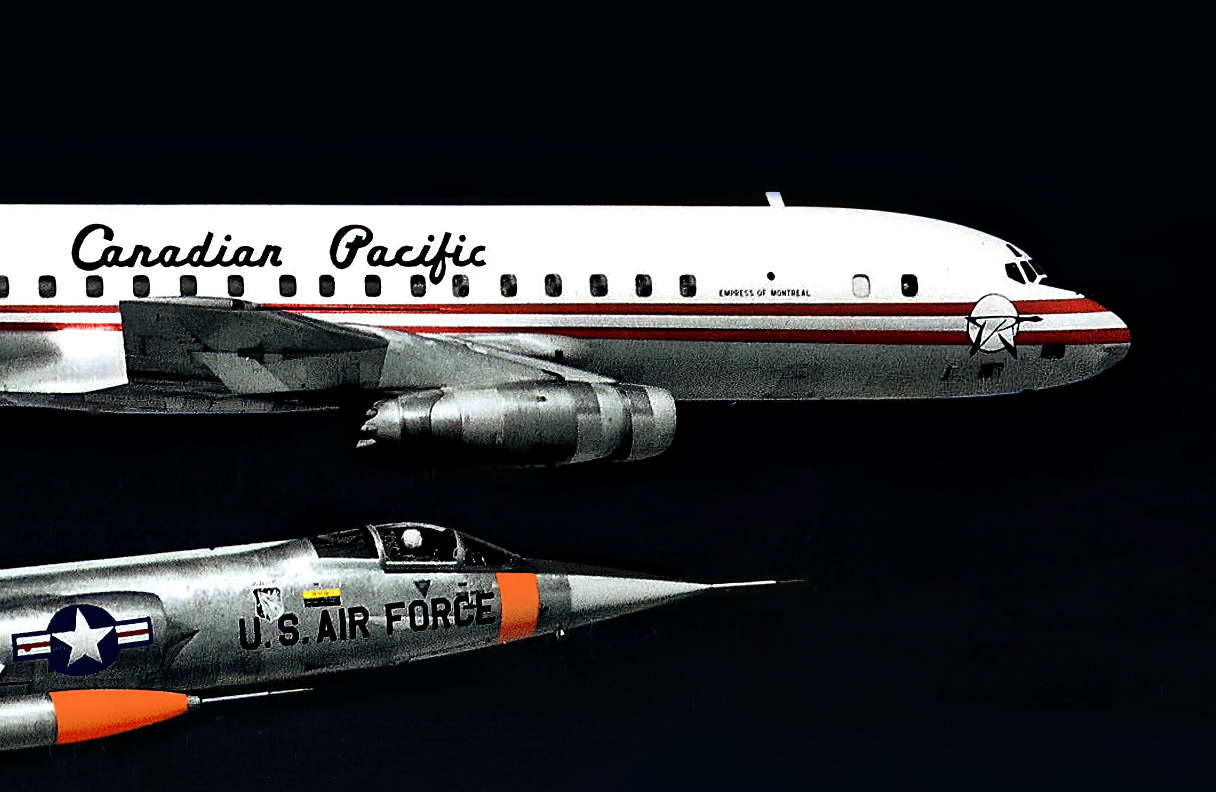Boeing poised to file final submission on 737 MAX changes
27 March, 2019
4 min read


Boeing expects to make a final submission to the US regulator on changes to flight control software on its grounded Boeing 737 MAX aircraft at the end of the week.
The aerospace giant began working on changing a flight control law known as the Maneuvering Characteristics Augmentation System after the fatal crash of Lion Air Boeing 737 MAX after take-off from Jakarta in October.
It revealed Tuesday (US time) it had submitted a certification plan for changes to MCAS to the US Federal Aviation Administration on January 21 and intensive testing had been underway long before the March 10 crash of a second Boeing 737 MAX operated by Ethiopian Airlines.
READ: Boeing did not rush 737 MAX design
Pilots from US airlines flying the MAX were briefed on the changes over the weekend and more than 200 pilots and experts from the around the world were invited to attend a briefing Wednesday on plans to safely return the plane to service.
MCAS is designed to help pilots as they approach an aerodynamic stall but it has come under scrutiny because of the role it may have played in the Lion Air crash and suggestions there are similarities between that tragedy and the Ethiopian accident.
A preliminary report into the Lion Air crash indicates the pilots were fighting the system MCAS had modified as it tried to push down the nose after receiving erroneous data from a faulty angle of attack sensor. They did not follow an established procedure which would have shut down the system.
The software has been updated to allow access to more than one angle of attack sensor input, limit the number of stabilizer trim commands when the software receives an erroneous AoA reading and provide a limit to the stabilizer command to allow pilots to retain elevator authority.
There are also changes to pilots displays, operations manuals and crew training relating to the new software.
A Boeing official gave some insight Tuesday into the detailed and laborious process needed to safely introduce the changes and ensure they were suitable for pilots.
This ranged from verification and analysis in the design phase to lab and simulator tests that looked at a variety of scenarios to ensure the software responded as predicted.
“In the simulator, pilots varied the angle of attack and airspeed to assess their effects on other systems in the airplane,’’ the official said.
“In addition, the simulator operators programmed the simulator to simulate single and multiple errors or failures, subjecting the equipment to the most challenging scenarios.
“The pilots worked with the software design team to incorporate multiple layers of protection in the event of sensor errors or other erroneous inputs.
“They assessed a broad range of piloting techniques, in order to ensure that normal airmanship skills are sufficient to control the airplane.”
The FAA participated in the evaluation, clearing the way for the updated software to be installed in an aircraft and give a high level of confidence it would perform as expected.
A Boeing engineering flight on February 7 saw test pilots perform different maneuvers in different flight conditions to put the software through its paces and test how it worked in numerous induced failures.
These included flights where the angle of attack remained high for a long period, steep turns and MCAS activation in conjunction with electric trim inputs from pilots.
Pilots conducted a certification flight with the FAA on March 12 to show that the plane still met Certification requirements with the updated software.
"Throughout February and March, as engineers completed various tests on the update, Boeing has been continuously providing the required documentation to show compliance to FAA regulations, with the final submission expected at the end of the week,'' the official said.
Get the latest news and updates straight to your inbox
No spam, no hassle, no fuss, just airline news direct to you.
By joining our newsletter, you agree to our Privacy Policy
Find us on social media
Comments
No comments yet, be the first to write one.

